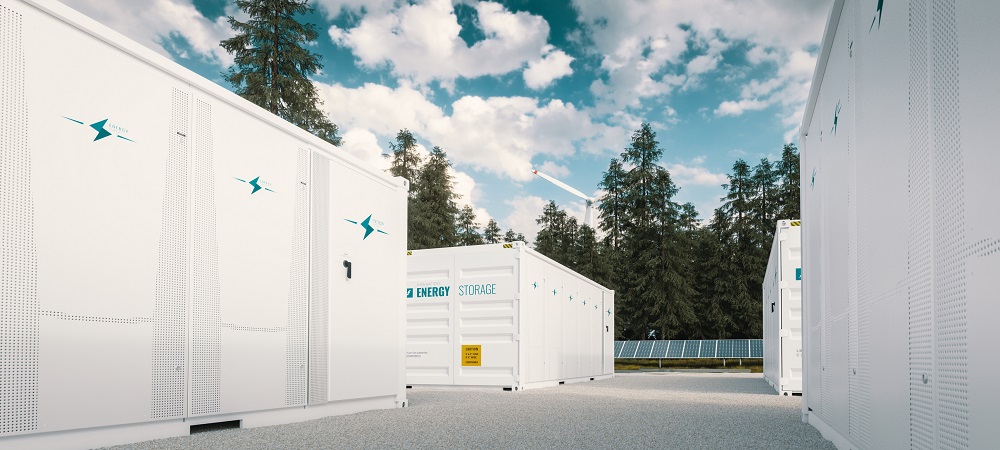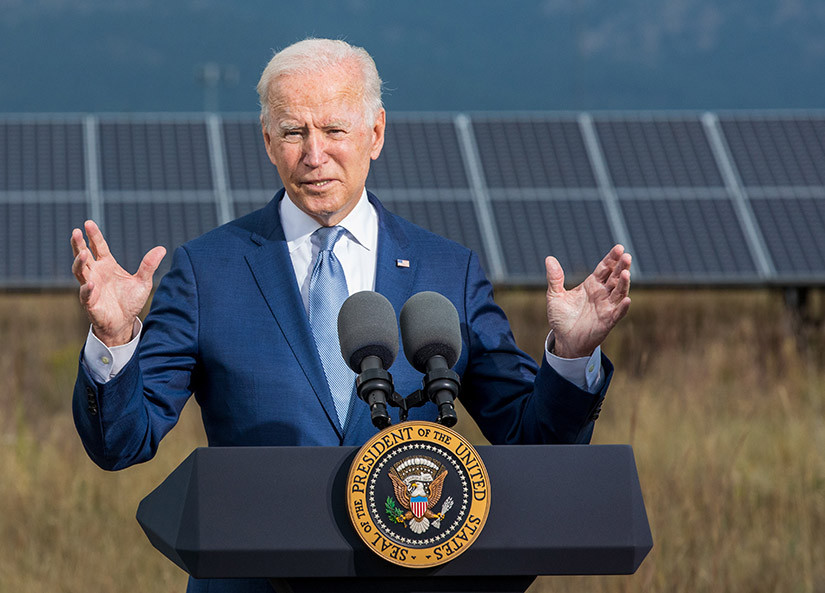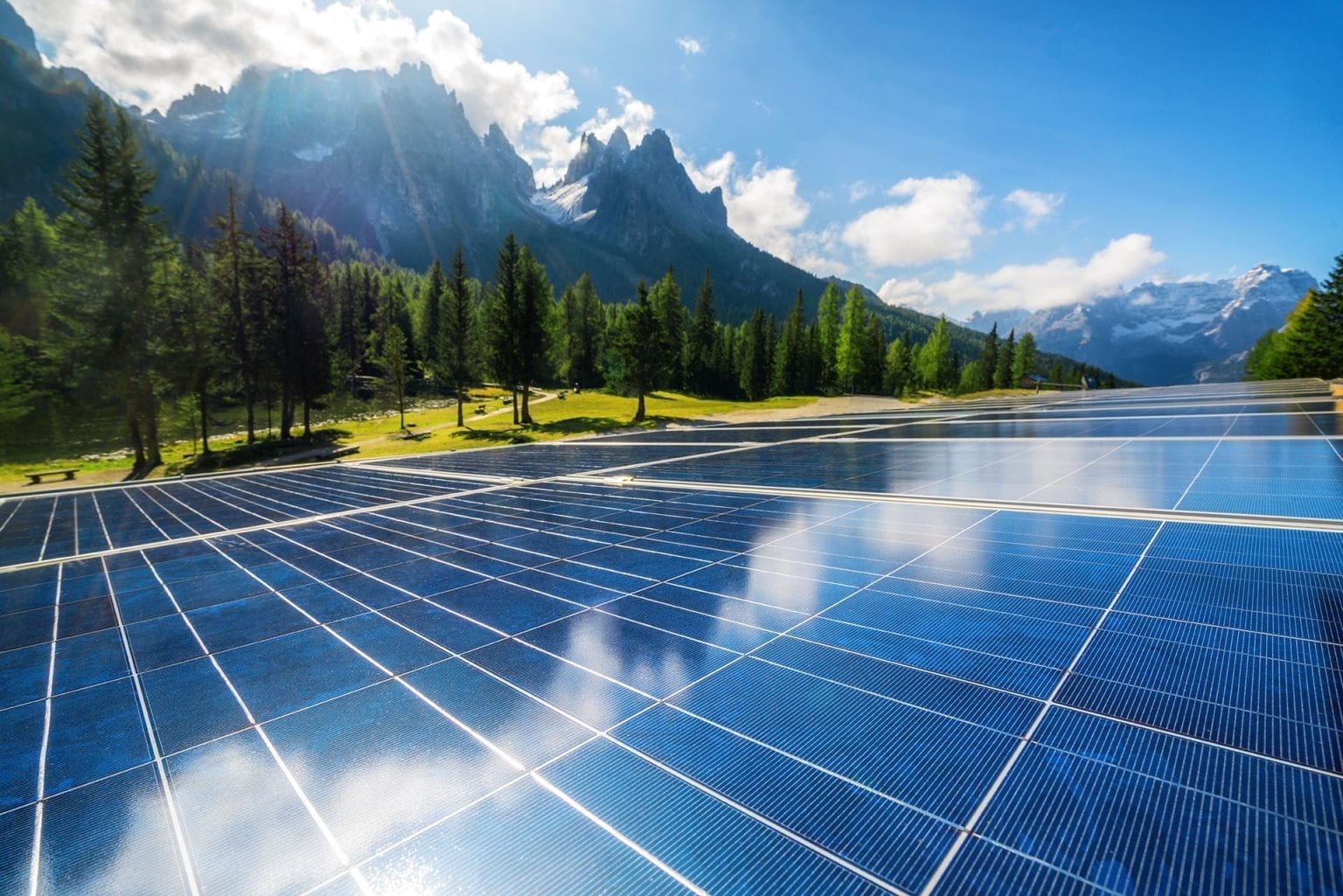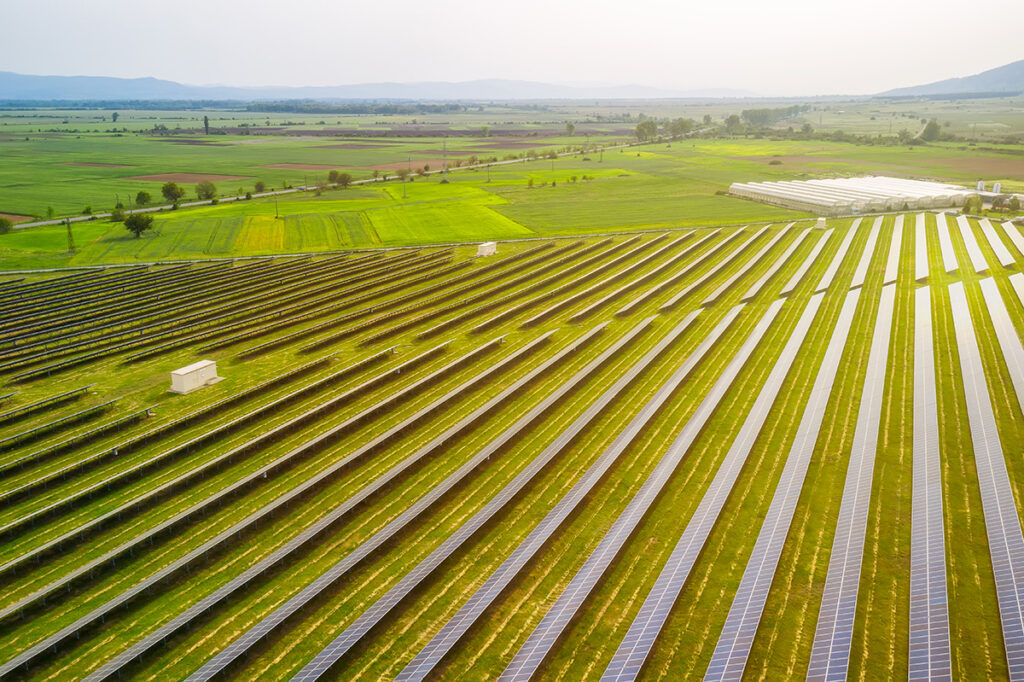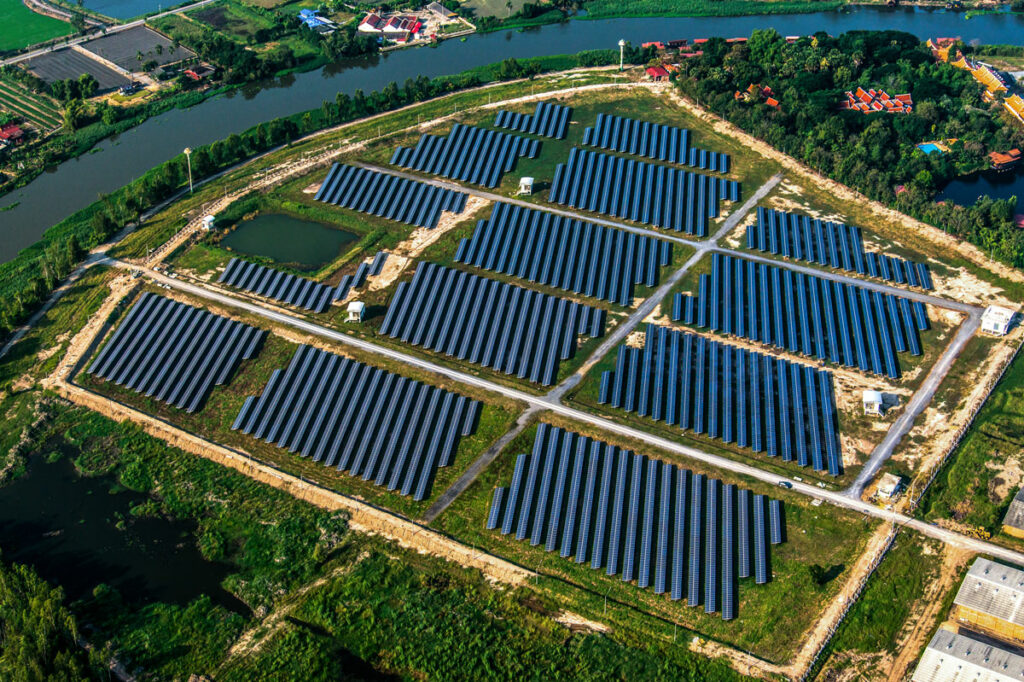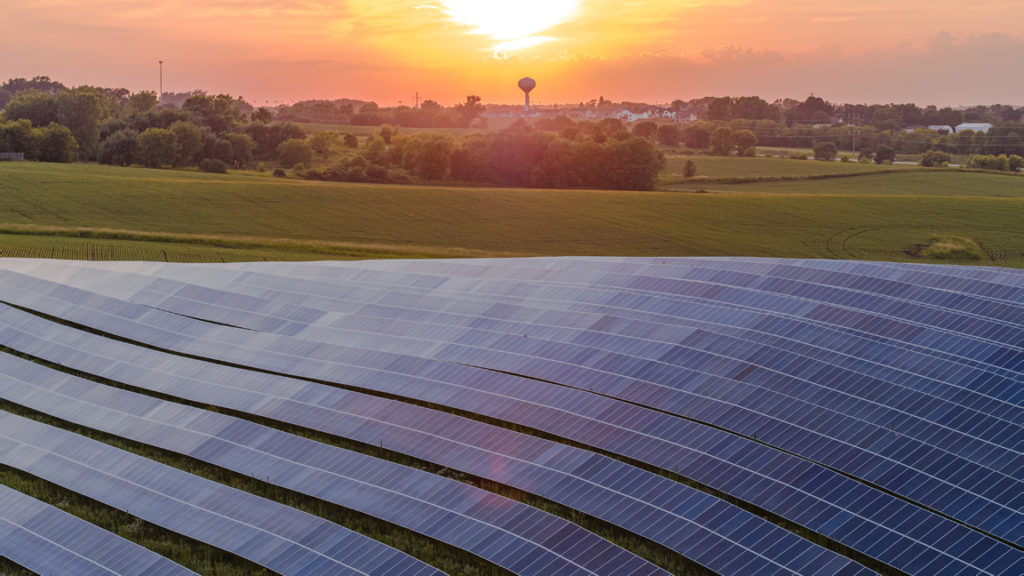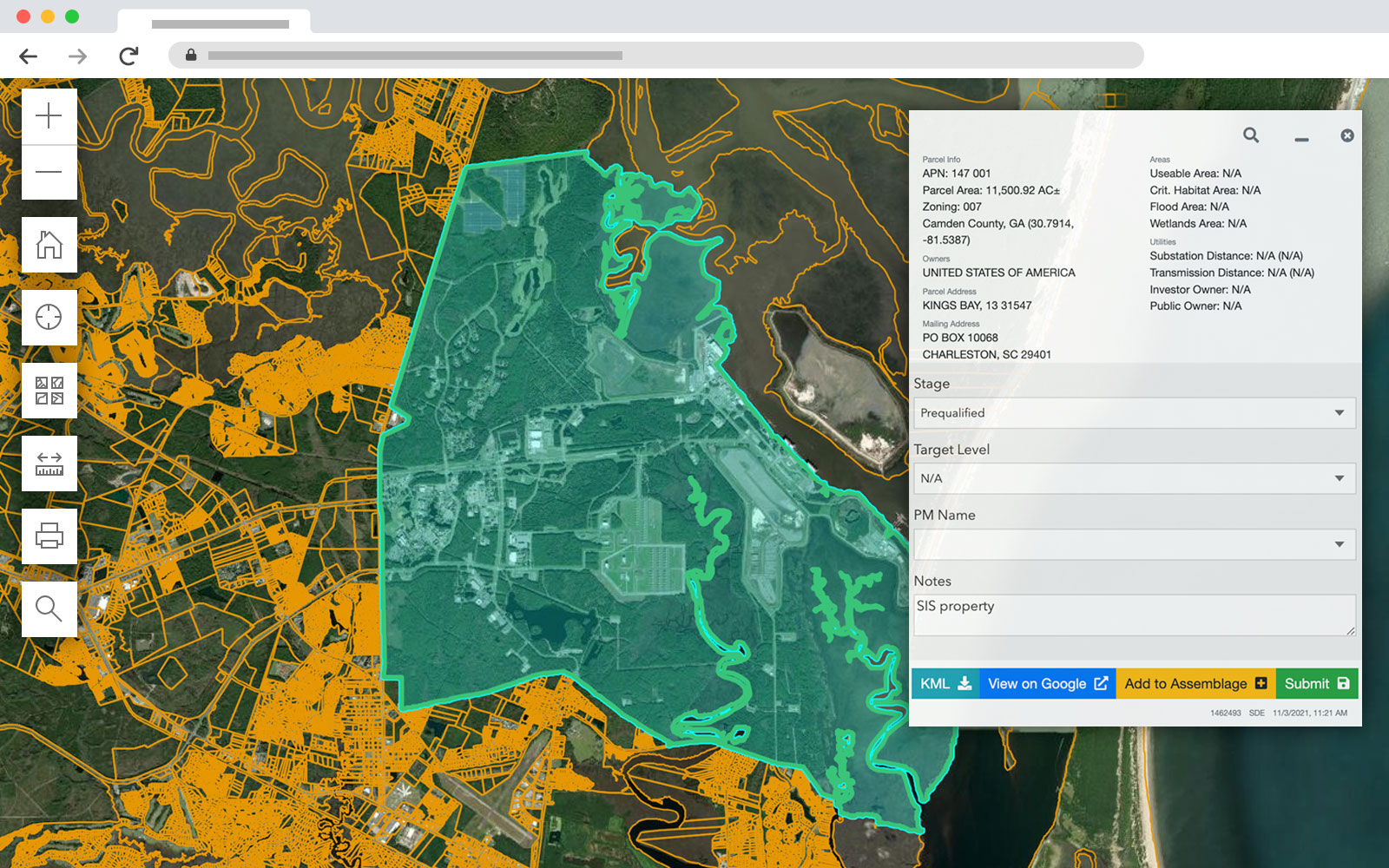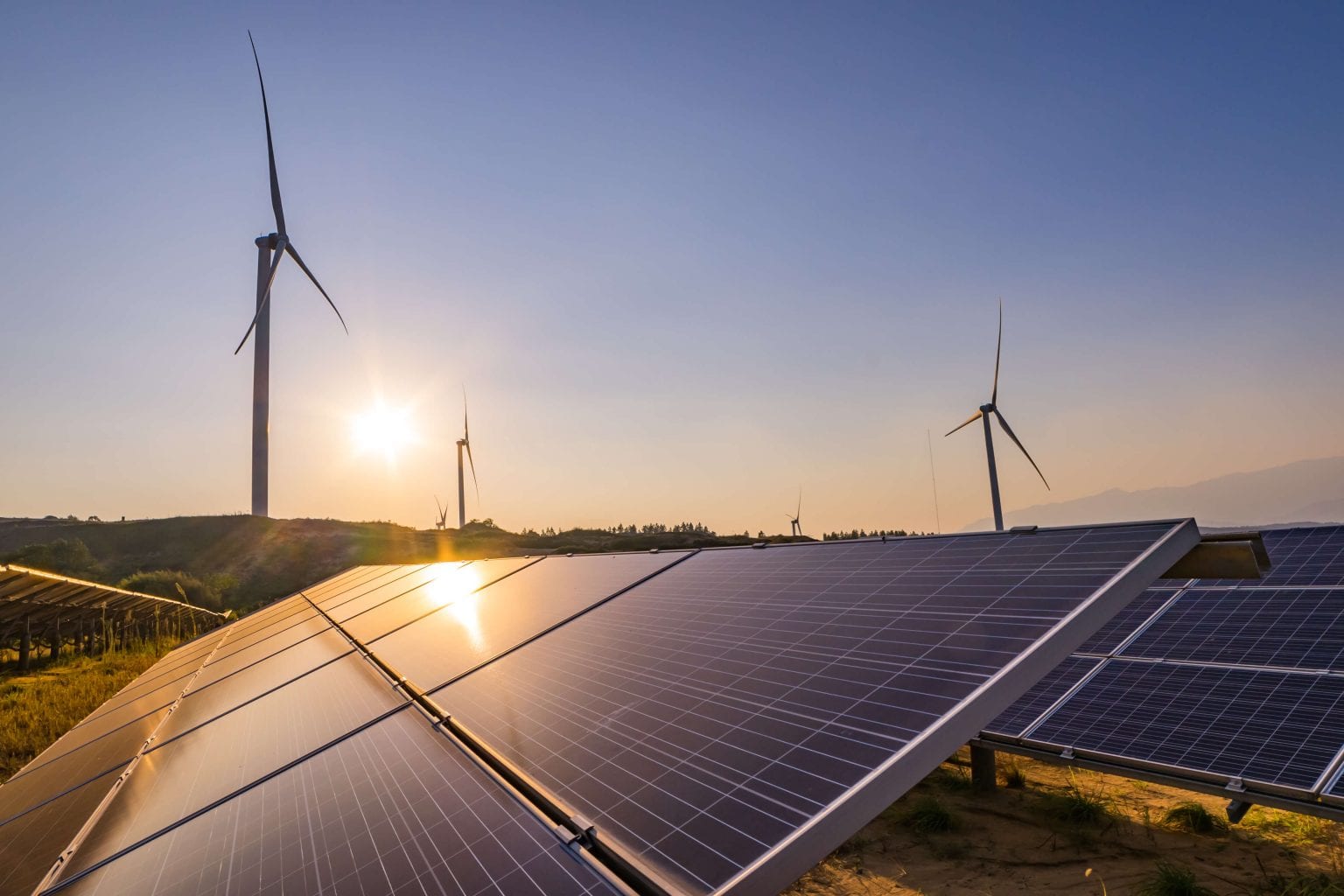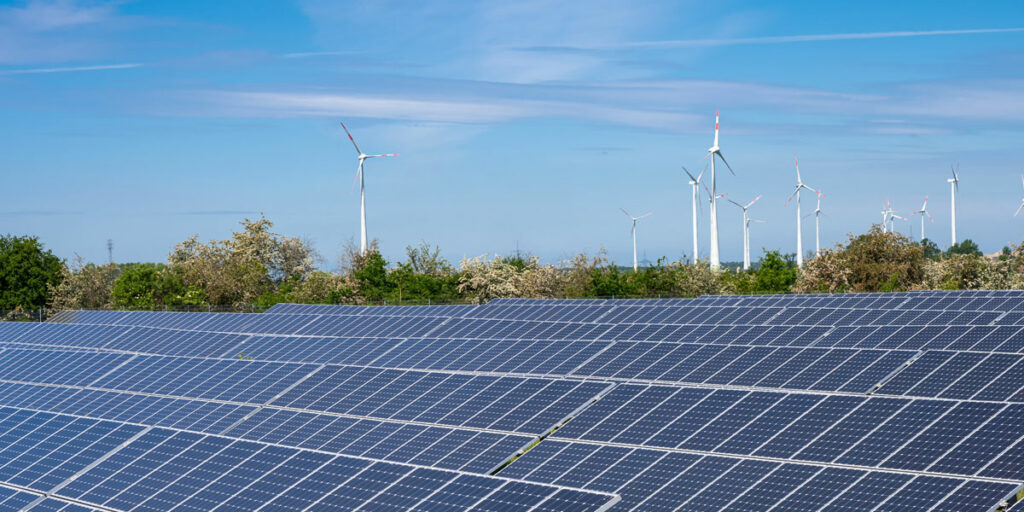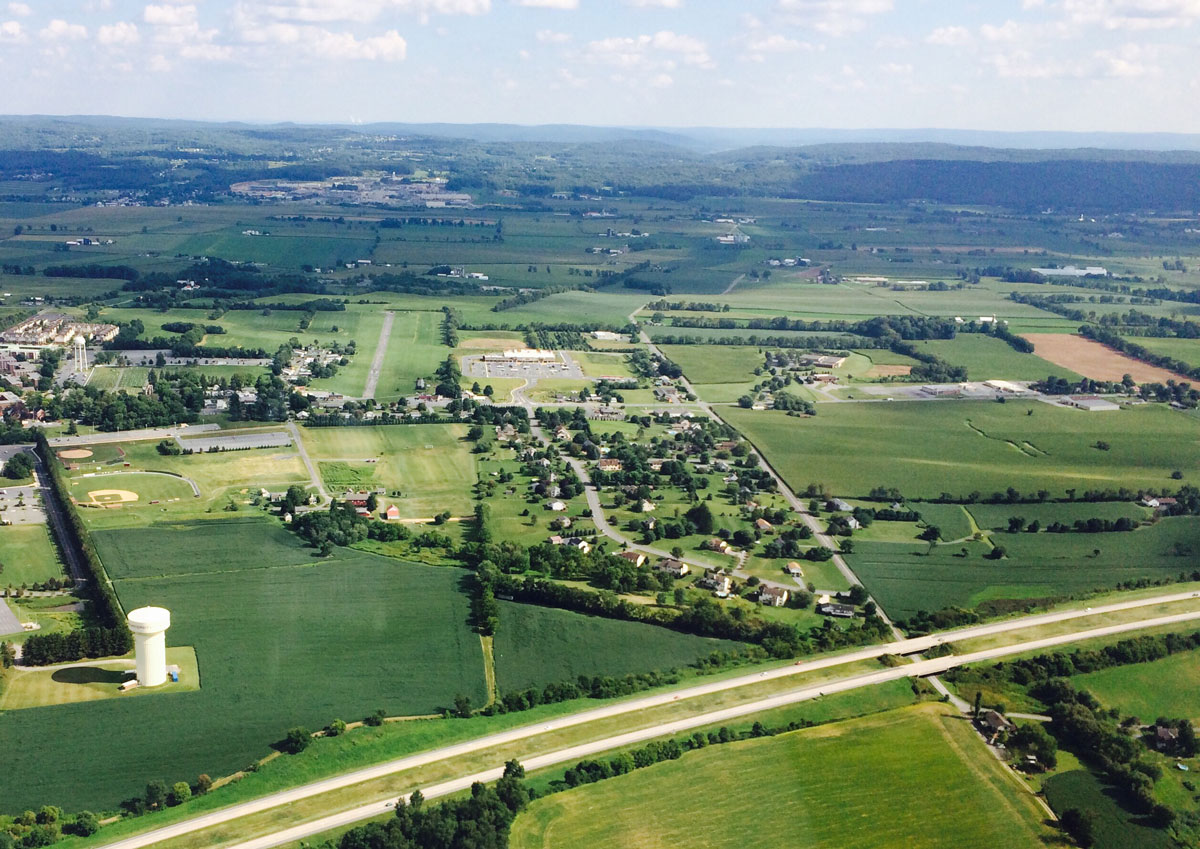Energy storage is not as well known or as often discussed as other forms of renewable energy. However, as the market continues to develop and grow, battery energy storage systems (BESS) are becoming more and more pertinent, proven by recent legislation such as the Inflation Reduction Act (IRA).
Consider this your introduction to battery energy storage, providing information on how these systems work, the investment opportunity for landowners, and battery storage’s growing importance and relevance on the market.
Clean Energy & Battery Storage
Three primary types of clean energy are used today: solar, wind, and hydropower. Batteries can be used in conjunction with solar panels, wind turbines, and hydroelectric dams, allowing energy to be stored for a short time, then ultimately pushed onto the power grid at an optimal time rather than becoming wasted energy.
Many people know about this battery storage application in the renewable energy space, however, fewer people are familiar with stand-alone, utility-scale BESS. These installations contain energy banks housed inside shipping containers or similarly-shaped steel structures. Each cluster is connected to a substation to help manage supply and demand for the local electrical grid. The batteries pull power off the grid and store it when energy demand (and therefore, the price) is low. Then, they push power onto the grid based on signals from substations when energy demand is high.
BESS projects are valuable resources that are already acting as worthwhile additions to our country’s electrical grid infrastructure. Here’s how they benefit everyone involved:
- Customers enjoy more consistent electricity rates as well as seeing the ultimately lower priced energy, given they aren’t paying a rate that accounts for wasted energy.
- Utilities reduce costly energy losses.
- The grid becomes more resilient during peak demand because, unlike gas peaker plants that take up to 10 minutes to react, a BESS can respond to changes in energy load or generation in milliseconds.
- Developers profit by buying energy at a low rate, storing it in the batteries, and selling it to the utility company when power generation capacity is lower than demand.
- Landowners lease their land to developers with lucrative results.
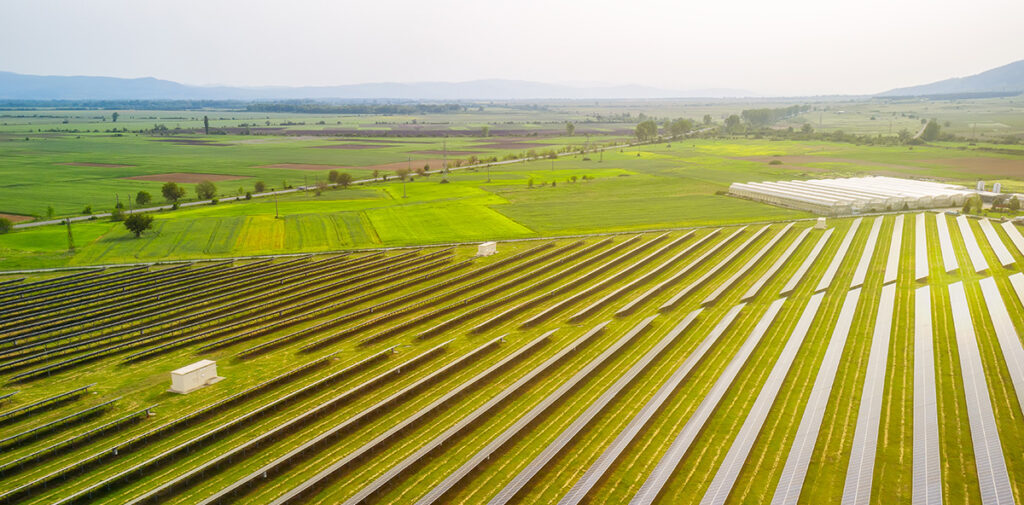
The Inflation Reduction Act (IRA)
In August of 2022, the Inflation Reduction Act was made into law by President Biden, pushing clean energy initiatives into unprecedented growth. Most agree that this is the most important and largest government legislation concerning clean energy in history. And according to the Solar Energy Industries Association (SEIA), “Ten years from now, there will be enough solar power installed to power every home east of the Mississippi.” The act “grants, loans, rebates, incentives, and other investments” for the development and use of solar, wind, energy storage systems, and the like, expecting to add over $100 billion to the economy.
How does this apply specifically to battery energy storage systems? First, the act offers tax incentives with the Investment Tax Credit, allowing, as one article explains it, “individuals or businesses to deduct a certain percentage of investment costs from their taxes.” Second, because the federal government is, through this act, injecting roughly $400 billion in this project, the demand for land and developers will continue to grow in number, providing landowners with more opportunities to store the energy harvested from the sun and receive rent payments while doing so.
Why Landowners Should Invest in Energy Storage Systems
The only way stand-alone battery storage can be constructed in your community is if local landowners get involved. In order to build a BESS project on your land, it must be:
- Located within extremely close proximity of a substation
- At least one or two acres in size (most projects can be constructed on ten or fewer acres)
- Relatively flat and not located in a wetland environment
- Accessible from a road for construction and maintenance purposes
These prerequisites are much more flexible than those needed to build a solar farm. For instance, because of the low acreage requirements, you have the opportunity to construct a BESS project even if you don’t own hundreds of acres of unused land. Plus, while solar power arrays are typically limited to rural areas, battery storage is common, and more valuable, in urban settings where substations are more numerous. Energy banks can even be installed on an existing foundation, such as a vacant parking lot.
Utility-scale energy storage is such an up-and-coming technology that few states have BESS programs in place for development incentives. This means many landowners will have a chance to participate in the future, even if they miss the window for other energy opportunities.
Leasing land for a BESS installation can prove incredibly lucrative for landowners, especially with the typical long-term lease ranging between 20 to 40 years. And remember, the developer is the one responsible for inspecting and maintaining the system, not the landowner.
How Battery Energy Storage Systems Benefit the Environment
BESS projects are far less invasive than other forms of power generation. In fact, they have the lowest impact of all clean energy sources. Here are the environmental benefits of battery energy storage:
- No waste products: No fuel is consumed onsite, so every BESS installation has zero emissions. This means nothing harmful leaks into the air or soil, local water sources are preserved, and the batteries don’t give off radiation.
- Not disruptive to neighbors: Battery banks can be easily hidden by landscaping to provide an unobtrusive installation. They also make limited noise, think sounds equivalent to a residential HVAC unit, and have no moving parts. These qualities ensure the project does not disturb neighbors on adjacent properties.
- Low land impact: Once the system has completed its lifecycle, or you choose not to renew your lease when the contract expires, the installation is easily removed. Much of the equipment is recycled, and the land returns to its original condition.
Learn More about Investing in Energy Storage Solutions
If you have unused land that meets the basic requirements for a BESS project, you have a great chance of finding an interested energy developer. However, this does not mean you should sign on the dotted line with the first company that comes knocking.
For a deeper dive into battery energy storage systems, consider exploring a recent interview featuring our VP of Land Acquisition, Clark Merritt. In this interview, Clark provides comprehensive insights into battery energy storage systems and ways to engage further.
Scout Land Consultants can help you negotiate a profitable energy storage deal that will benefit you and your family for decades to come.
Determining your land’s suitability is the first step, so contact us today to request a complimentary, comprehensive evaluation of your property.
